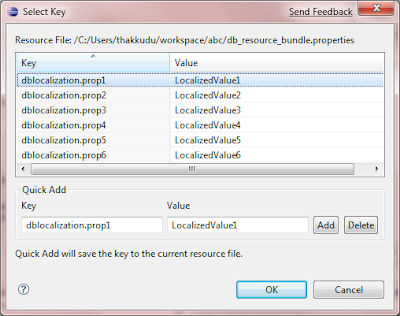- systemwide duplicated code for implementing these system concerns, necessitating multiple code changes if any of the concerns change
- components are burdened with more code than that which deals with their core functionality
Let us get a feel of AOP through a simple example.
A class People who sings praiseworthy songs about a class King. Let us see how it works without AOP.
Here, each time the King goes to a War, it must stop and tell his People to Praise him before he can start fighting the War. Similary, after the War, the King must remember to tell the People again to Praise him about his achievements.
Let us now introduce the concept of Aspect here and also, a configuration file praise.xml.
The functionality of the Aspect is defined in the bean referred to by the ref attribute. The aspect is made up of pointcuts and advice. Here, we declare a pointcut which is triggered by the execution of a startWar() method. Advices are provided in 2 forms here - before to call singBefore() method of People before the pointcut and after to call singAfter() method of People after the pointcut.
This simplifies the code in class King as follows:
reference: spring in action

